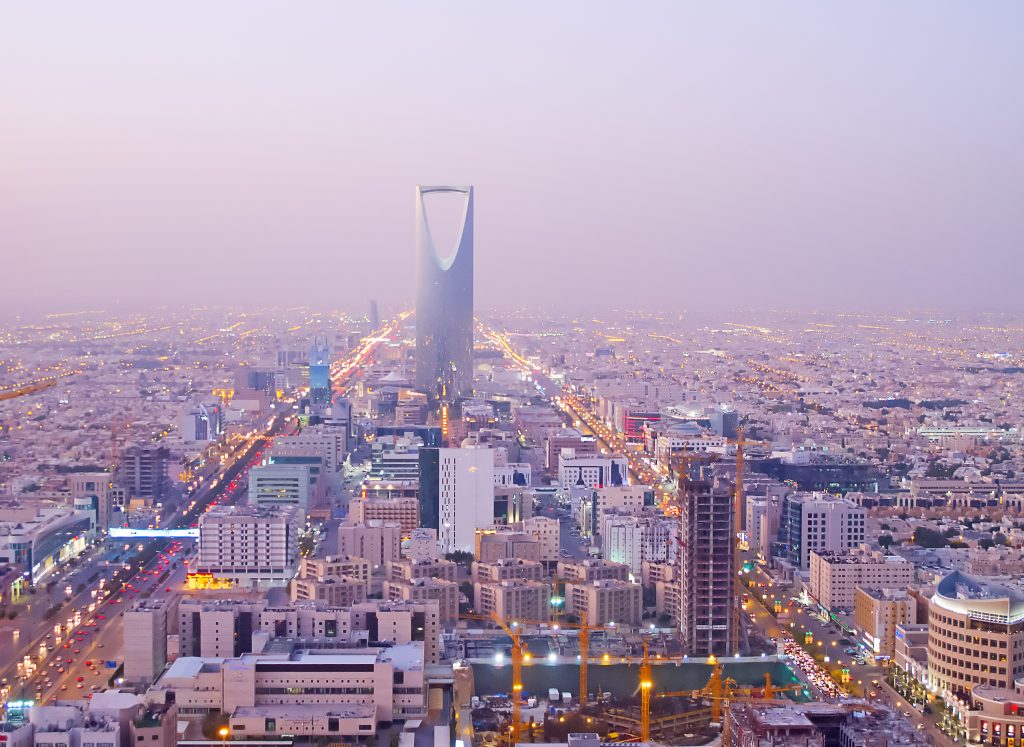Foreign direct investment (FDI) inflows into Saudi Arabia marked a significant increase to SAR13.1bn ($3.49bn) in the final quarter of 2023, a notable 16 percent rise from SAR11.4bn ($3.04bn) recorded in the preceding quarter, according to recent government statistics released on Thursday.
The nation has set an ambitious goal of securing $100bn in FDI by 2030, aiming to bolster the non-oil gross domestic product. This objective is part of a broader plan initiated by Saudi Crown Prince Mohammed bin Salman to shift the economic focus away from the traditional reliance on crude oil exports.
Despite the aim to attract more FDI, the year’s cumulative net inflows totaled $11.4bn, still short of the annual targets set to meet the 2030 goal.
Nevertheless, the Saudi economy is undergoing rapid diversification, with 2023 marking a significant achievement. Last year, non-oil sector activities accounted for an impressive 50 percent of the nation’s real GDP.
The value of the non-oil economy, estimated at SAR1.7tn (around $453bn) at constant prices, was bolstered by a notable increase in investment, consumer spending, and exports.
Private-sector investment particularly experienced a remarkable upswing, surging by 57 percent over the last two years, culminating in a historic peak of SAR959bn ($254bn) in 2023.
FDI outflows
Concurrently, data from the General Authority for Statistics indicated a rise in FDI outflows from the kingdom, totaling SAR6bn, a 17.6 percent increase over the third quarter’s SAR5bn.
Reviewing past figures, the statistics authority reported that FDI inflows in 2015 were at SAR64bn, then peaked at SAR111bn in 2016, declined to SAR27bn in 2017, rose again to SAR71bn in 2018, lowered to SAR32bn in 2019, slightly decreased to SAR30bn in 2020, and then surged to SAR100bn in 2021 and SAR122bn in 2022, as per SPA.
